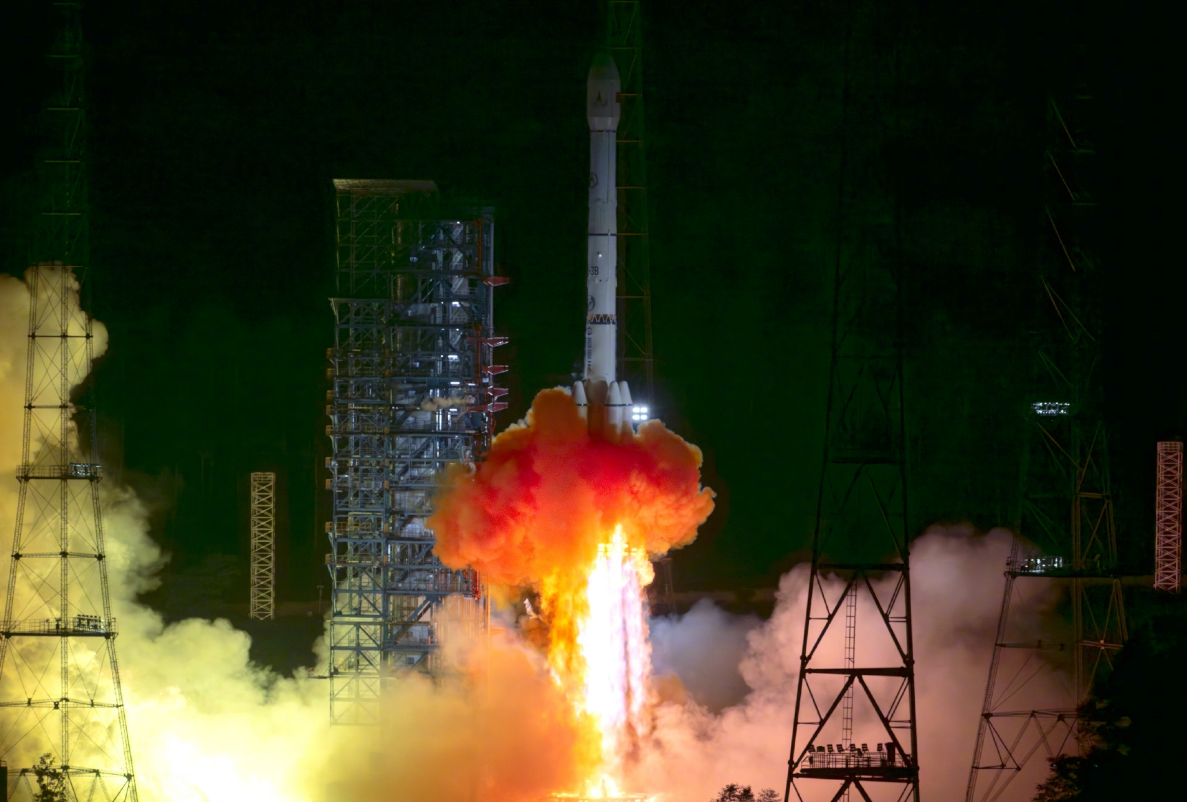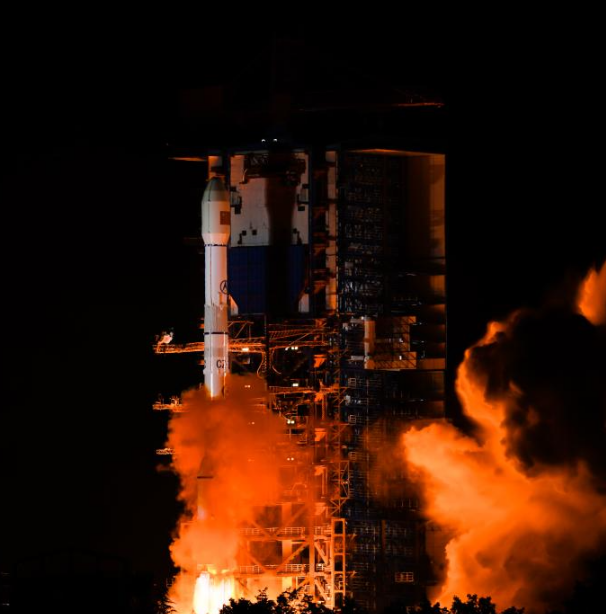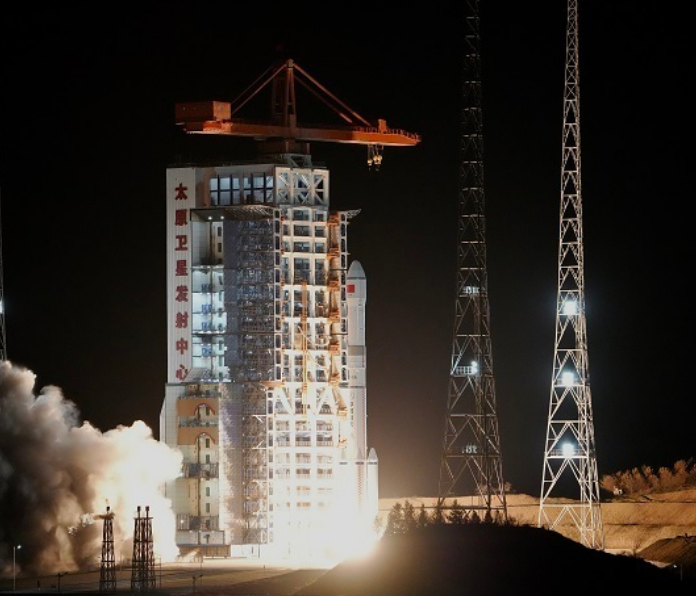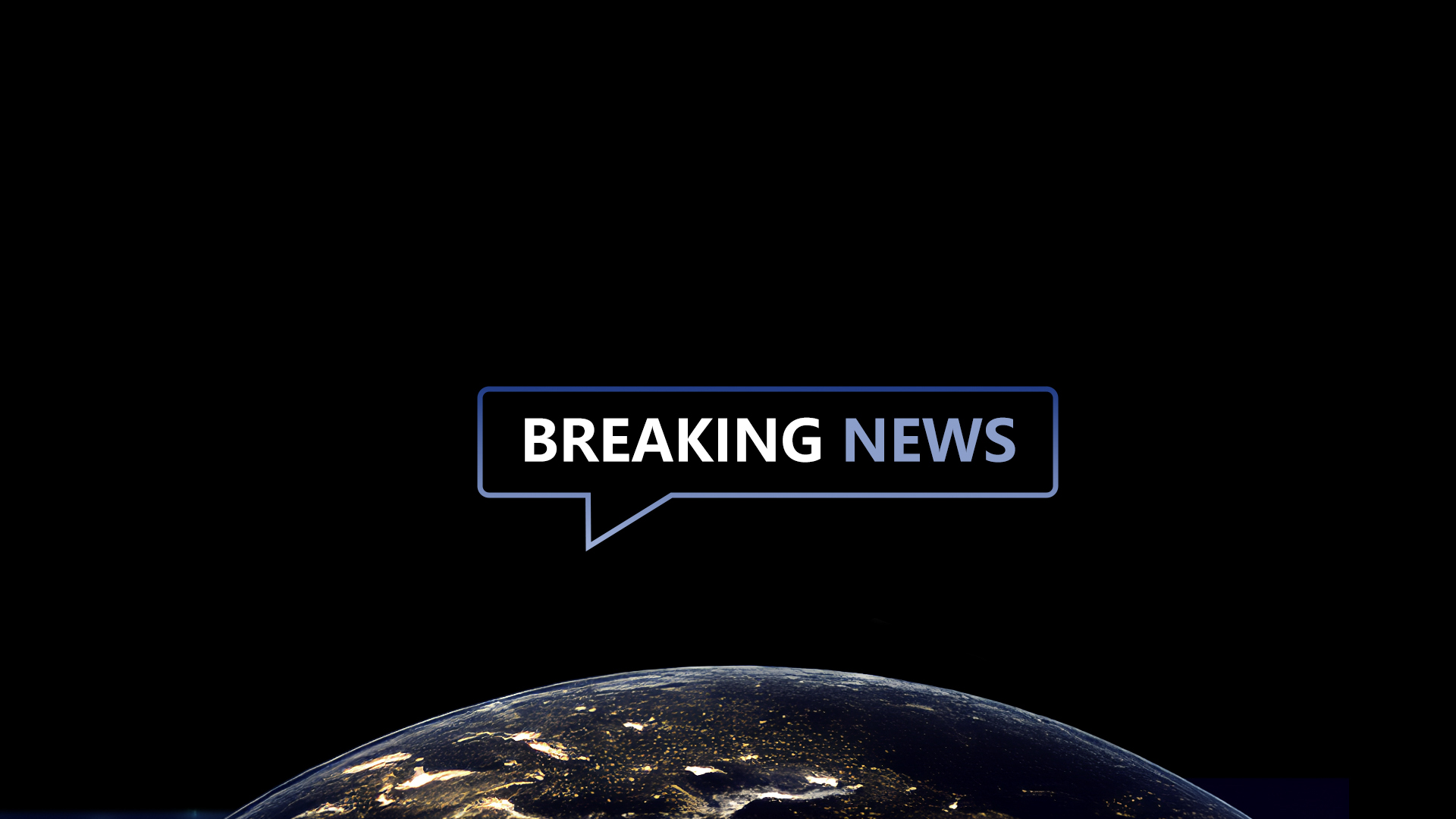02
2025-04
SpaceX Conducts First-Ever Crewed Mission to Orbit Earth’s Polar Regions
According to CCTV News, at 21:46 Eastern Time on March 31, SpaceX’s Falcon 9 rocket carrying the Crew Dragon spacecraft launched from the Kennedy Space Center in Florida. The rocket will deploy the spacecraft into a polar orbit with an inclination of 90 degrees. The astronauts will fly over Earth’s polar regions, observing and exploring the poles from an altitude of approximately 430 kilometers, while studying human health in the space environment.
The mission, named "Fram2," draws inspiration from the Norwegian polar exploration ship "Fram." During the 3 to 5-day mission, the crew will conduct 22 experiments, including the first-ever capture of human X-ray images in space and the first attempt to grow mushrooms in microgravity. Astronauts will also use wearable devices to monitor health data such as sleep patterns, stress levels, hormone fluctuations, and blood sugar during the mission, aiming to study the effects of spaceflight and microgravity on human health.
SpaceX stated that the Crew Dragon spacecraft, carrying four crew members, will splash down off the coast of California upon its return to Earth. This will mark the company’s first crewed spacecraft splashdown in the Pacific Ocean.
-
29
2025-05

Tianwen-2 Mission Launched Successfully
At 1:31 AM today, China successfully launched the Tianwen-2 planetary exploration probe from the Xichang Satellite Launch Center using the Long March-3B Y110 carrier rocket.
-
13
2025-05

Communication Technology Experiment Satellite No. 19 Successfully Launched
At 2:09 on May 13, China successfully launched the Communication Technology Experiment Satellite No. 19 from the Xichang Satellite Launch Center using a Long March 3B carrier rocket. The satellite smoothly entered its predetermined orbit, and the launch mission was a complete success.
-
12
2025-05

Remote Sensing Satellite No. 40, Group 02, Successfully Launched
On May 11 at 21:27, China successfully launched the Remote Sensing Satellite No. 40, Group 02, from the Taiyuan Satellite Launch Center using a Long March 6A carrier rocket. The satellite entered its predetermined orbit smoothly, and the launch mission was a complete success.









